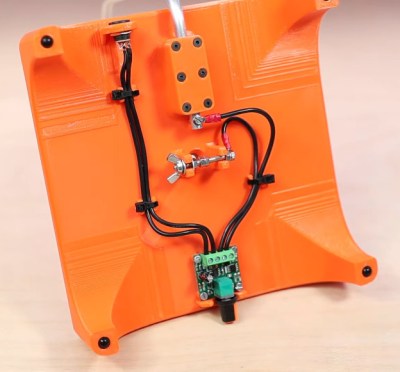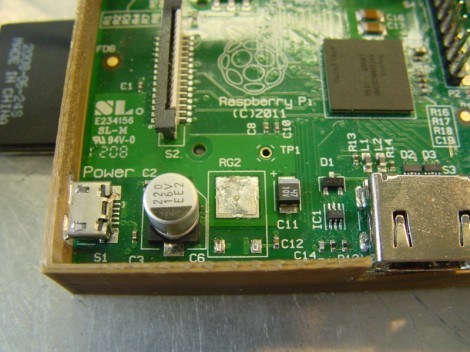Foam is all kinds of useful, but trying to cut it with scissors or a serrated plastic knife is usually an exercise in futility. What you really need is a hot wire for nice clean cuts. [Elite Worm] built a hot wire foam cutter that can cut any type of foam with ease, be it Styrofoam or grey craft foam.
 There are a ton of ways to heat up a taut piece of nichrome wire, but few of them are as good looking as this one. [Elite Worm] designed and printed a table with an adjustable fence so it can be used like a table saw. There is also a circle-cutting jig that looks really handy.
There are a ton of ways to heat up a taut piece of nichrome wire, but few of them are as good looking as this one. [Elite Worm] designed and printed a table with an adjustable fence so it can be used like a table saw. There is also a circle-cutting jig that looks really handy.
This design uses a 12 V power regulator to heat up a piece of tension-adjustable nichrome wire for buttery smooth cuts. This thing looks fantastic all the way down to the cable management scheme. All the files are available on Thingiverse if you want to build one for yourself, but you’ll need to use something other than PLA.
This wire cutter is pretty versatile, but you could go even smaller with a handheld version, or build a larger, CNC-based machine.













